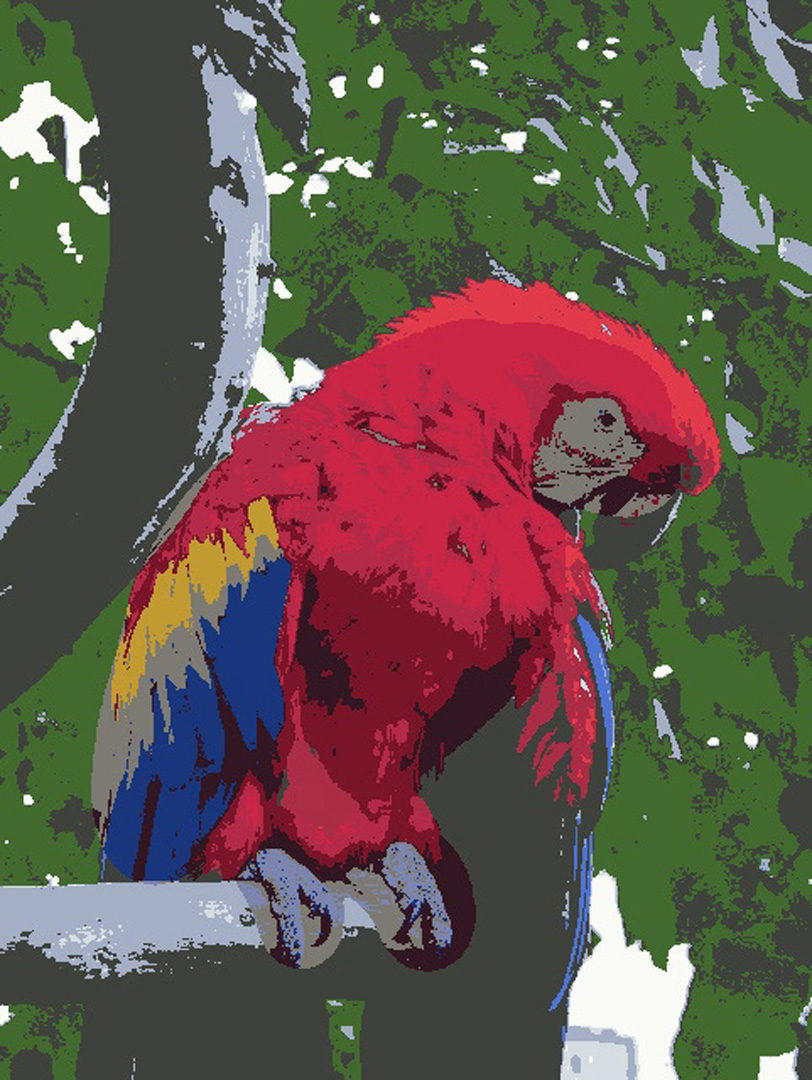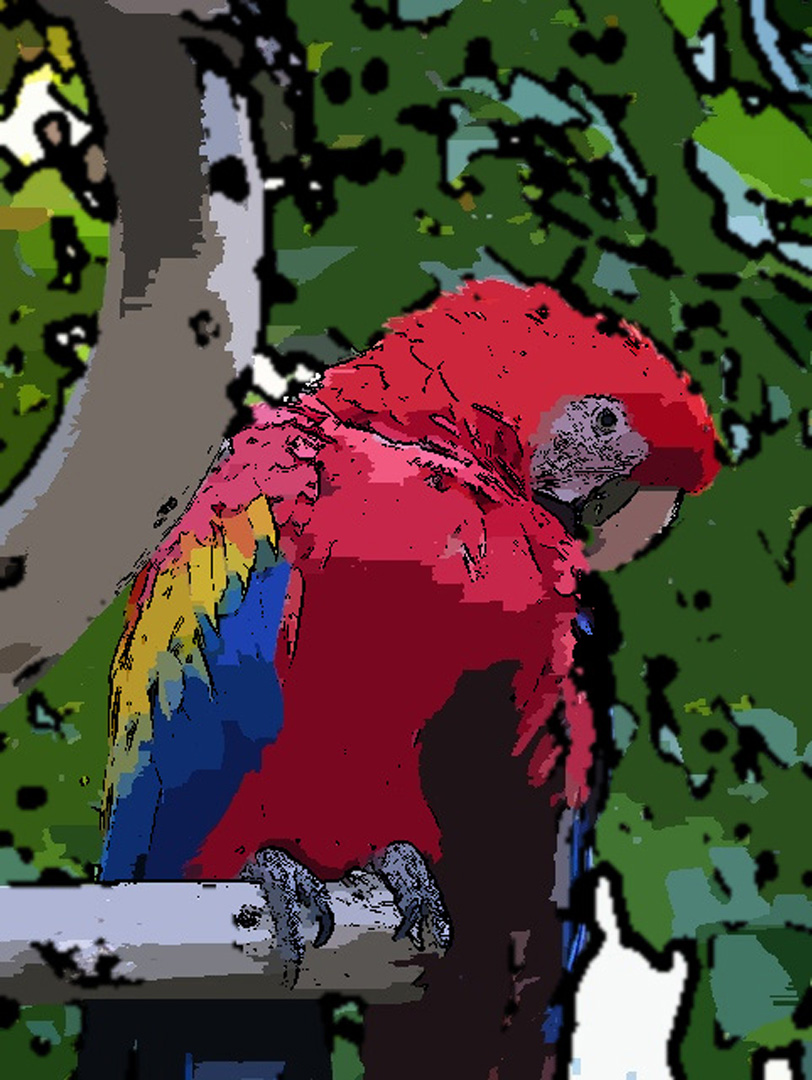“Restricted coloring using saliency-based image segmentation” by Bosch and Lee
Conference:
Type(s):
Title:
- Restricted coloring using saliency-based image segmentation
Presenter(s)/Author(s):
Abstract:
We describe two different methods of restricting the number of colors used to draw a certain image, while preserving detail in salient regions. In both methods, images are segmented based on saliency data, assigning larger regions to less salient areas of the image, and filling each region with its mean color. DeCarlo and Santella [DeCarlo and Santella 2002] describe a method of stylization of photographs that creates pictures composed of large regions of color that vary in detail based on saliency measured by an eye tracker. They apply Mean Shift segmentation at multiple scales and assign each segmented region to a parent region at a coarser scale, based on area of overlap and distance in color space. This creates a segmentation tree which can then be pruned based on saliency to leave out detail in less salient regions. However, a region and its parent do not always overlap exactly, and coarse regions need to be smoothed because they are extracted from smaller scales. In our first method, we remove those limitations by recursively segmenting the images using a K-Means with Connectivity Constraint (KMC) algorithm [Kompatsiaris and Strintzis ]. We favored this algorithm because it tends to assign pixels within a close distance to the same group. Our recursive K-Means algorithm first assigns all the pixels into one parent region. Then for each region, run the KMC algorithm if the mean saliency of the region is less than a threshold and the maximum depth has not been reached (K more segments are created and pushed into the segment list). We define our distance metric to be the weighted sum of the distances in LUV color space, pixel location, and saliency.
References:
1. DeCarlo, D., and Santella, A., 2002. Stylization and abstraction of photographs.
2. Itti, L., and Baldi, P. Modeling what attracts human gaze over dynamic natural scenes. In Computational Vision in Neural and Machine Systems.
3. Kompatsiaris, I., and Strintzis, M. Content-based representation of colour image sequences.
4. Rosenfeld, A., and Pfaltz, J. L. 1966. Sequential operations in digital picture processing. J. ACM 13, 4, 471–494.
Additional Images:
- 2006 Poster: Bosch_Restricted Coloring using Saliency-based Image Segmentation
- 2006 Poster: Bosch_Restricted Coloring using Saliency-based Image Segmentation
- 2006 Poster: Bosch_Restricted Coloring using Saliency-based Image Segmentation
- 2006 Poster: Bosch_Restricted Coloring using Saliency-based Image Segmentation
- 2006 Poster: Bosch_Restricted Coloring using Saliency-based Image Segmentation











